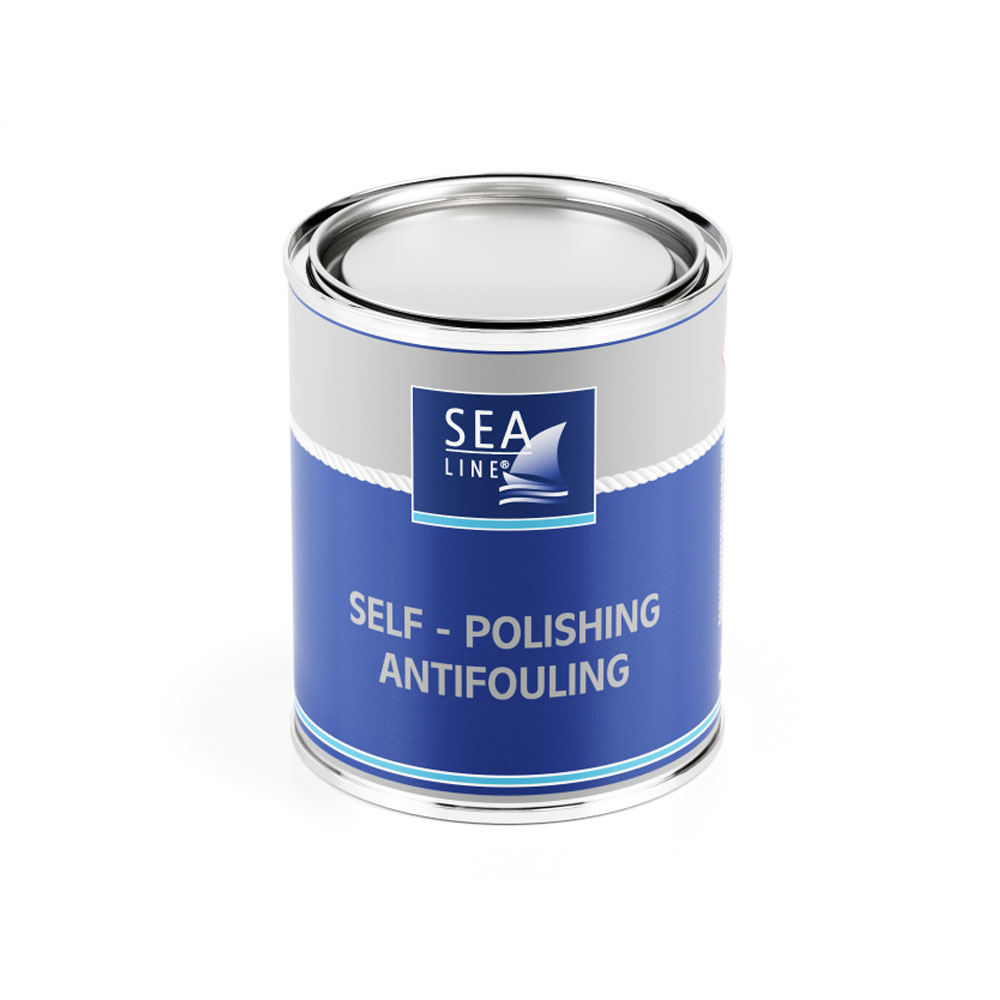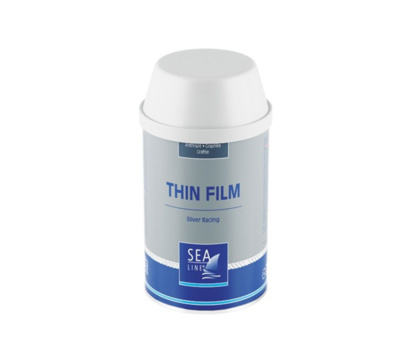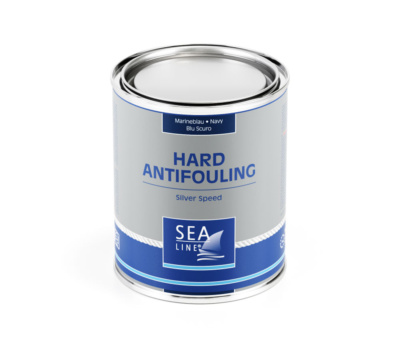The self-polishing antifouling paint is a product recommended primarily for protecting the hulls of fiberglass sailboats.
It is the most popular product from the Sea-Line brand for protecting the hull from fouling. For over 10 years, it has been a bestseller both in Poland and in many European countries.
| Color | Capacity | Code |
|---|---|---|
| grey | 750 ml | 300005599 |
| grey | 2,5 l | 300005477 |
| dark blue | 750 ml | 300005602 |
| dark blue | 2,5 l | 300005479 |
| red | 750 ml | 300005600 |
| red | 2,5 l | 300005481 |
| black | 750 ml | 300005598 |
| black | 2,5 l | 300005480 |

Exposure of a freshly applied antifouling paint to moist air can lead to color change. The discoloration is only superficial and does not affect the effectiveness of the antifouling paint. Due to the content of copper oxide, a small color difference between the parts of the antifouling paint is acceptable.
Manually:
Spray:
| Type | GRP laminates, wood, Steel | |
| Place | Below waterline | |
| Function | Antifouling paint discourages the growth of barnacles, weed, and other water life on the submersed hull of the boat. | |
| Application | brush, roll, spray gun | |
| Thinning * | No | |
| Theoretical coverage For 1l | 8-9 m2 for 115 μmWFT/ 50 μm DFT | |
| Coats number | 1 – 3 | |
| Time between layers | Min 5 h – max 7 days | |
| Dry to launch: | Min 12 h | |
In the case of high temperatures and the need to thin the antifouling paint, a maximum dilution of 0-5% (by volume) is recommended.
Dilution and the application method directly affect the thickness of the antifouling paint layer.
Special attention should be paid to obtaining a specific coating thickness (100 μm DTF), which ensures the effective operation of the antifouling paint.

Hard antifouling is a hard antifouling paint recommended for owners of motorboats and sailboats moving

THIN FILM Silver Racing is a hard antifouling paint, effectively preventing fouling organism: aquatic plants

Silver Speed HARD Antifouling is a hard antifouling paint, effectively preventing fouling organism: aquatic plants
Yes, you can paint the bottom of the boat with polyurethane paint due to its high mechanical strength. We recommend this solution when the boat is not launched for a long time and is not exposed to fouling.